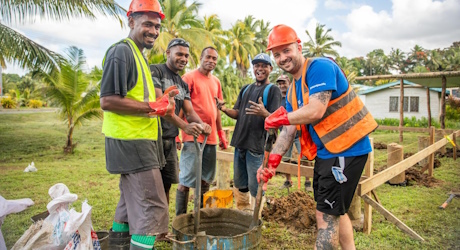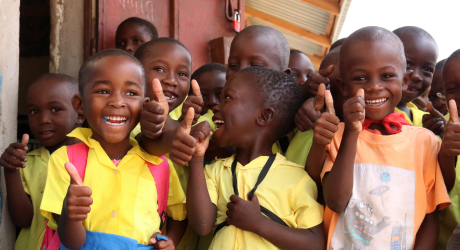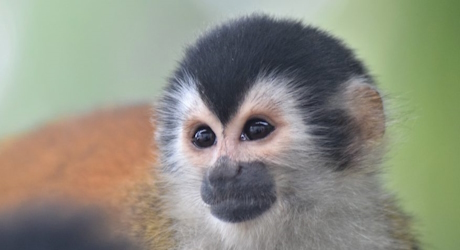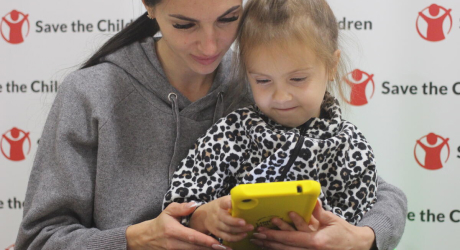Footprints Project
Since 2005, travelers like you have helped us change the world through micro-donations.
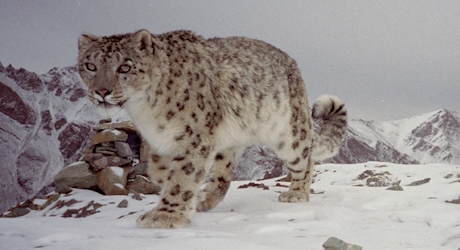
-
A total of
2957
Travelers
-
donated
$18016.08
(100% funded) -
to help improve
Environment
-
impacting
100
people -
in
India
Project Background
The snow leopard is an iconic species, yet highly threatened in Ladakh, in part because of its propensity to kill livestock in poorly constructed corrals at night. As the snow leopard is a top predator in the region and their prey consists of wild mountain sheep and goats, they are key to ensuring ecological balance in a very delicate environment. Without snow leopards, herbivore populations will increase, impacting vegetation as well as other wildlife in the area.
Known as a haven for high-elevation wildlife, Zanskar is an important habitat for the snow leopard. However, rampant infrastructure development, mass tourism, and exodus of youth from their villages to bigger cities have been detrimental to wildlife conservation as well as to traditional livelihoods.
Zanskar has about 81 villages and settlements harbouring a population of about 15,000 people, who own more than 30,000 livestock heads. The income from their agro-pastoral ways of life is augmented by other options. People, especially young girls, are opting to work in unsustainable tourism, and many young boys as daily wage labourers in road construction.
The primary target group of the project are people in the most remote parts of Ladakh, who reside mostly in the Zanskar region and are at the forefront of interactions with snow leopards. The project interventions are designed to reach vulnerable groups such as women, youth, individuals from lower castes, low-income groups and those with disabilities. Students from degree colleges will also be targeted to help explain the ecological changes taking place due to climate change and its impacts on the snow leopard.
Project overview
The initial intervention is designed to help alleviate the immediate threat to people's livelihood (from snow leopard’s attacks on livestock) through construction of snow leopard-proof corrals.
In past phases of this project, construction of these corrals has proven highly effective in reducing livestock depredation and human-snow leopard conflicts and has generated a positive atmosphere for further dialogue among the local communities.
This project will also generate an additional source of income through conservation-focused nature guiding and handicraft development activities. It builds on well-established ecotourism and conservation-focused handicraft development programs targeting marginalised youth and women who are mainly from agro-pastoral families.
To ensure the sustainability and long-term impact, the project will also strengthen the relationship between the local community and government institutions, in order to encourage local government agencies to understand the importance of protecting snow leopards and their habitat.
These interventions include:
- starting dialogues with key government stakeholders on the importance of addressing human-snow leopard conflict
- conducting workshops for government functionaries and local community representatives to build awareness of the importance of snow leopard conservation and habitat protection
- developing a strategic conservation management document in two villages, as well as setting up a committee comprising of government representatives and villagers to implement snow leopard conservation initiatives of their own accord, to achieve long term sustainability
Education and awareness programs will also be delivered to college students to raise awareness of the snow leopard’s vital role in mountain ecosystems, the impacts of climate change, and the importance of conserving the species.
Project outcomes
Outcome 1: Protecting and enhancing people’s livelihood
Success indicators:
- 100% reduction in livestock loss to snow leopards inside corrals in 5 villages
- At least 80% of women trained in snow leopard conservation-themed handicraft are able to make an additional income through sale of handicraft items
- At least 80% of marginalised youth trained as nature guides are employed by local tour operators and homestays
Outcome 2: Enhanced cooperation and coordination between local government agencies and local village institutions
Success indicators:
- Uptake of at least 5 conservation initiatives by government bodies and local village institutions by project end
Outcome 3: Research conducted by college students on snow leopards and the local ecology
Success indicators:
- At least two reports on census and sign surveys of snow leopards produced by college students and shared with the local community during the project period.
What costs are covered?
The project costs that are covered include:
- Staff costs for 4 staff
- Corral construction costs
- Women handicraft development
- Conservation governance system
- Snow leopard conservation education for college students
- Project monitoring
- Overhead (8% of total project costs)
Partner & Community Involvement
Community consultations have been conducted on many occasions throughout the previous phases of the project. The evaluation commissioned by AHF on the latest phase of the project discussed interventions with the local community at length and the evaluation recommendations have been addressed in this project.
During implementation, the interventions will continue to be discussed with community members and their feedback and concerns will be documented formally during consultative meetings designed especially for this purpose. Requests to change or modify any project activity will be done while taking into account the effects on the overall project objectives. Vulnerable and marginalised groups such as women, persons with disabilities, disadvantaged youth, and those from lower castes have been considered in every intervention.
In this project, formal processes including a stakeholder document will be used to ensure that the project is not excluding any vulnerable group in the design, implementation and monitoring stages. The SLC-IT team will use this information in planning and carrying out every consultative meeting. The community members, especially the participants from vulnerable groups, will assist the monitoring and evaluation process by providing regular feedback on the efficacy of the project activities.
How does this project fit into a larger strategy?
The goal and project components directly align with AHF’s Strategic Plan 2020-2025:
Goal Objective 3: ‘Support Climate Change adaptation, improve environmental and wildlife conservation’.
- Assist the conservation of mountain ecosystems, including their biodiversity, in order to enhance their capacity to provide benefits essential for sustainable livelihoods and development.
Goal Objective 1: ‘Improve access to education and develop quality and inclusive education programs’.
- Support disadvantaged youth to access technical, vocational, and tertiary education, including university.
Goal Objective 5: ‘Intensify work to safeguard vulnerable groups and promote inclusion and gender equality’.
- Strengthen women’s leadership and participation in governance and decision making.
- Include and safeguard children, women, people with disabilities and other vulnerable groups in projects, partner organisations, and AHF.
Traveling soon? When you buy travel insurance with us, you can make a contribution towards a cause you care about.
Get a quote